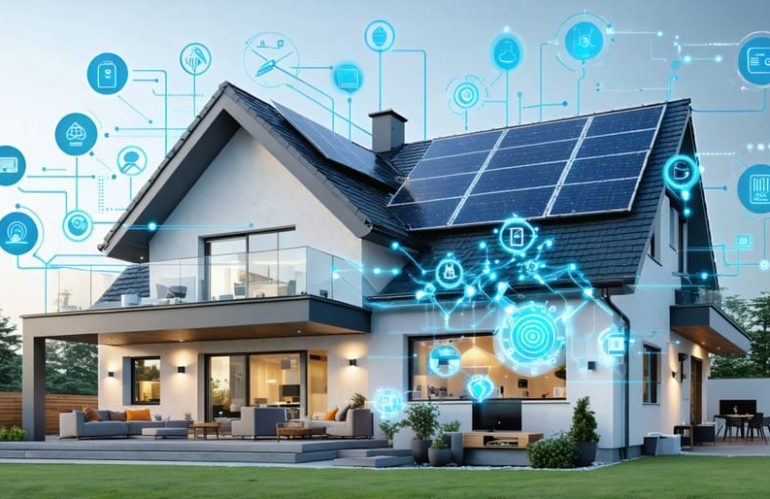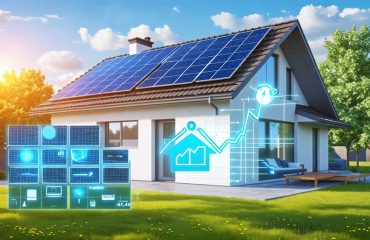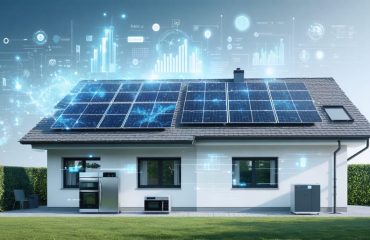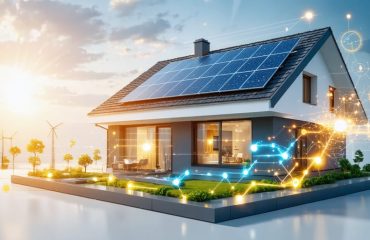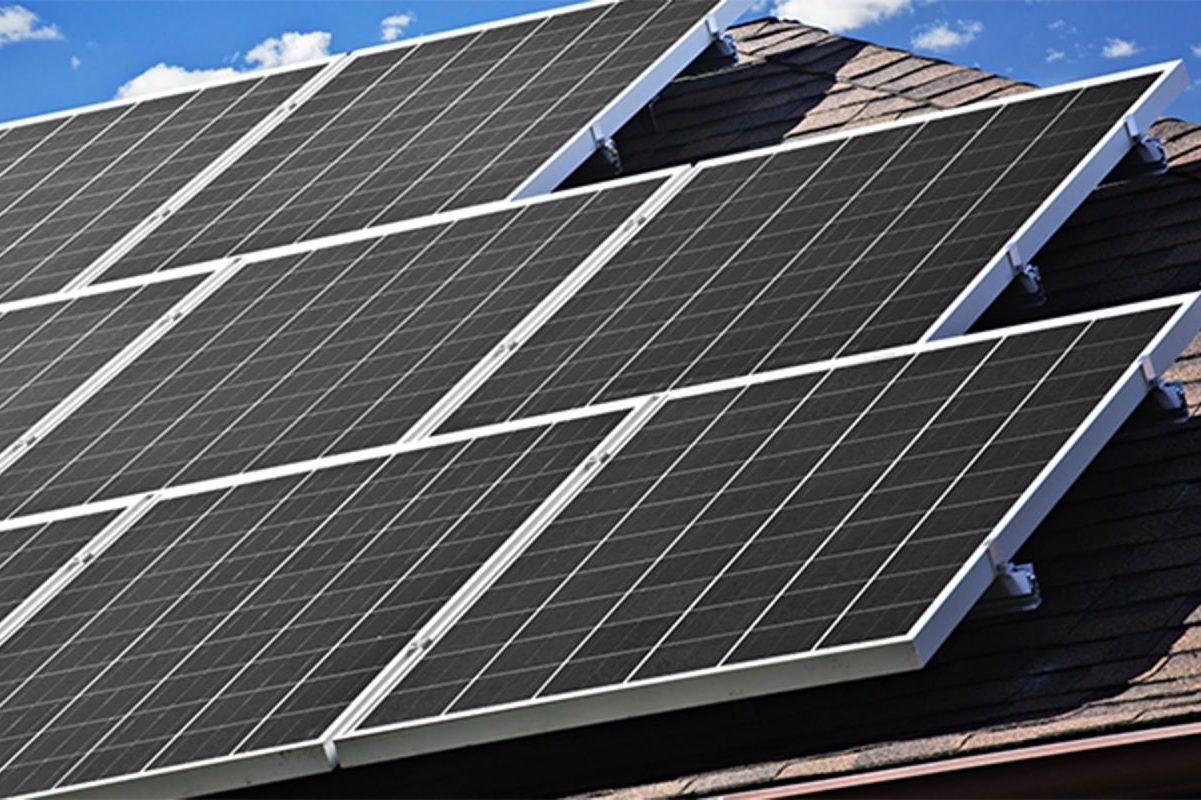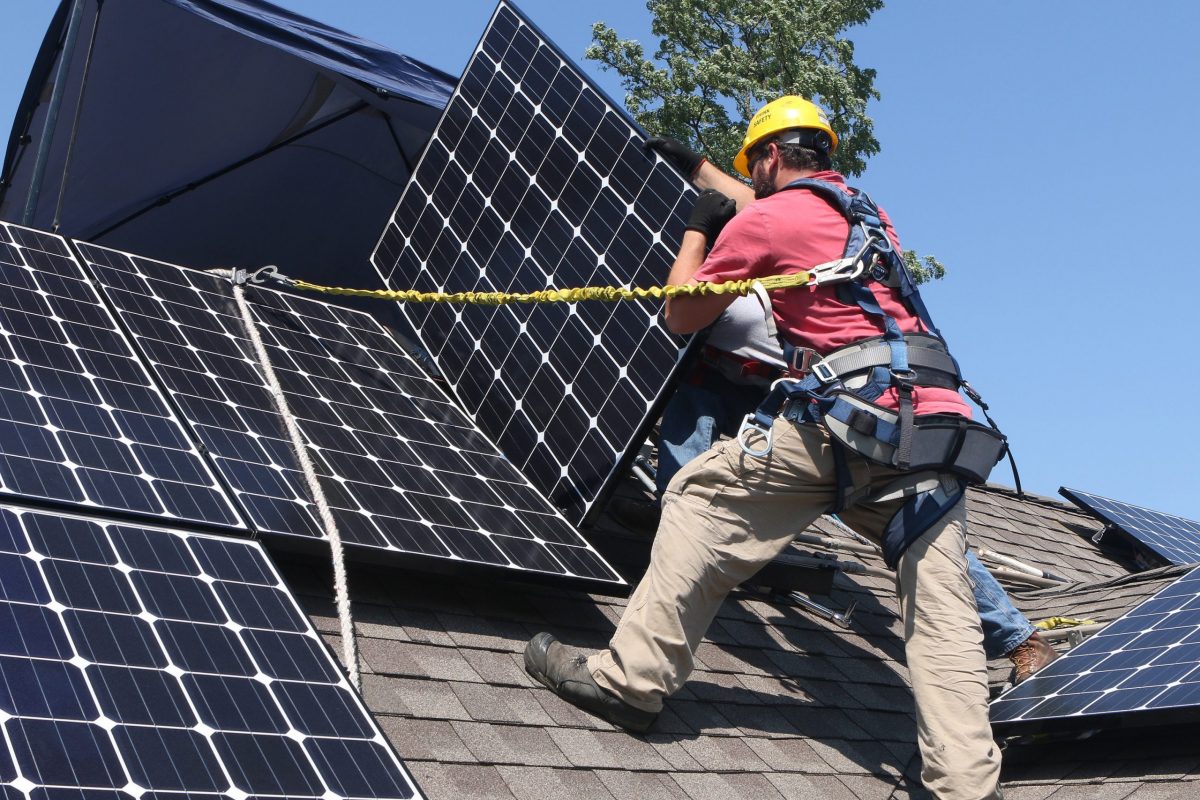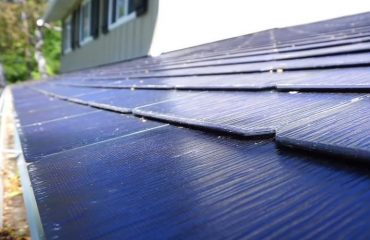Transform your home into an energy-efficient smart ecosystem by integrating Z-Wave automation with your residential solar systems. Z-Wave technology enables seamless communication between smart devices, allowing you to orchestrate lighting, climate control, and appliance usage based on real-time solar production. This wireless protocol creates a robust mesh network that grows stronger with each device addition, offering reliable automation without the complexity of traditional wiring.
Unlike other smart home solutions, Z-Wave devices operate on a dedicated frequency band, eliminating interference from Wi-Fi networks while consuming minimal power. This makes it ideal for solar-powered homes focused on energy efficiency. With over 3,300 certified Z-Wave products available today, homeowners can build a customized automation system that optimizes energy consumption, enhances comfort, and maximizes solar investment returns – all while maintaining complete control through a single, user-friendly interface.
The combination of Z-Wave automation and solar power represents the future of sustainable living, where smart technology works in harmony with renewable energy to create truly intelligent, energy-independent homes.
Why Z-Wave is Perfect for Solar-Powered Homes
Energy-Efficient Communication
Z-Wave stands out in home automation for its remarkably efficient energy consumption. Unlike many wireless technologies, Z-Wave devices operate on a low-power mesh network, using minimal electricity while maintaining reliable communication. Most battery-powered Z-Wave sensors and controllers can run for years on a single set of batteries, making them a cost-effective choice for environmentally conscious homeowners.
The system’s mesh network architecture ensures that each device uses only the power needed to communicate with its nearest neighbor, rather than broadcasting signals at full strength across your entire home. This smart power management not only extends battery life but also reduces your overall energy footprint.
What makes Z-Wave particularly efficient is its ability to “sleep” when not in use. Devices automatically enter power-saving mode during idle periods, only waking up when needed to transmit data or respond to commands. This intelligent power management doesn’t compromise performance – your automated systems remain responsive while consuming just a fraction of the energy used by traditional wireless protocols.
For homeowners looking to create a more sustainable living environment, Z-Wave’s energy-efficient design offers the perfect balance of reliability and eco-friendliness.
Seamless Solar Integration
Z-Wave technology seamlessly integrates with solar panel systems to create a more efficient and sustainable home energy ecosystem. By connecting your solar inverter to Z-Wave compatible energy monitors and smart switches, you can automatically optimize power consumption based on solar production levels.
Smart plugs and switches can be programmed to activate energy-intensive appliances like washing machines and dishwashers during peak solar generation hours. This intelligent scheduling ensures you’re maximizing the use of solar power rather than drawing from the grid. Energy monitoring devices provide real-time data on solar production and household consumption, allowing you to make informed decisions about power usage.
The system can also automatically adjust smart thermostats and lighting based on solar availability. On particularly sunny days, your Z-Wave network might increase cooling to take advantage of excess solar power, while automatically reducing consumption during cloudy periods. Some advanced setups can even control battery storage systems, ensuring surplus solar energy is stored for later use.
This integration not only maximizes your solar investment but also simplifies the management of your home’s energy usage through a single, unified automation system.
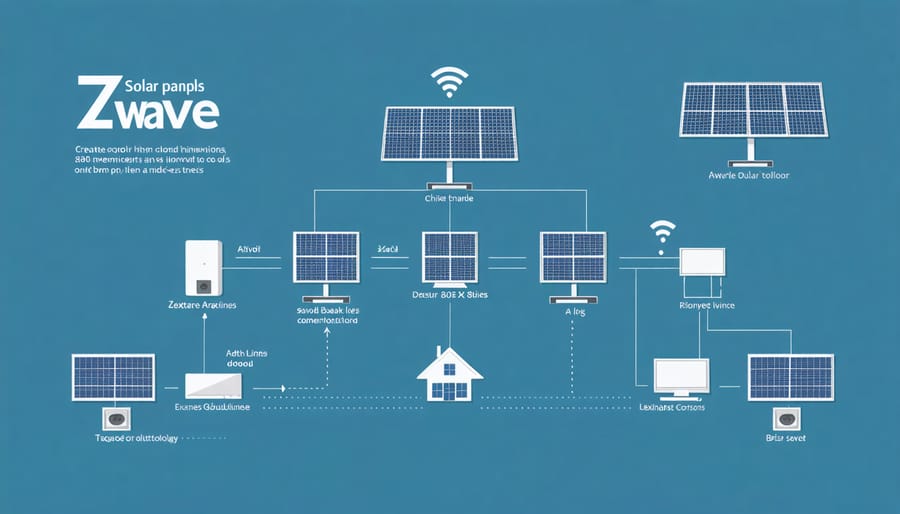
Smart Features That Boost Solar Performance
Automated Load Management
Z-Wave automation brings intelligent load management to your solar-powered home, helping you maximize energy efficiency and reduce utility bills. By connecting your home’s major appliances and systems through Z-Wave devices, you can create a smart ecosystem that automatically balances energy consumption with solar production.
The system works by monitoring your solar panel output in real-time and adjusting your home’s energy usage accordingly. During peak sunlight hours, smart plugs and switches can automatically activate energy-intensive appliances like washing machines, dryers, and dishwashers. This ensures you’re using solar power when it’s most abundant, rather than drawing from the grid.
When solar production dips, your Z-Wave system can automatically reduce energy consumption by dimming lights, adjusting thermostats, and postponing non-essential device operation. This load shifting helps maintain optimal energy balance throughout the day, maximizing your solar investment.
You can also set up custom scenarios for different situations. For example, during a cloudy day, your system might automatically:
– Lower HVAC usage during peak rate hours
– Schedule pool pump operation for off-peak times
– Adjust water heater temperature based on actual usage
– Dim non-essential lighting throughout the house
The real beauty of Z-Wave load management lies in its ability to learn and adapt to your household patterns. Over time, the system becomes more efficient at predicting energy needs and adjusting consumption patterns, leading to greater savings and reduced grid dependence.
Most Z-Wave hubs provide detailed energy monitoring through user-friendly apps, allowing you to track savings and adjust automation rules as needed. This visibility helps you make informed decisions about your energy usage while letting the automated system handle day-to-day optimization.
Real-Time Energy Monitoring
Z-Wave technology offers homeowners unprecedented control over their solar energy systems through real-time monitoring and automation. By integrating Z-Wave compatible smart meters and energy monitors with smart solar management software, you can track your home’s energy production and consumption patterns with incredible precision.
These intelligent monitoring systems allow you to view detailed energy usage data through user-friendly mobile apps or web interfaces. You can see exactly how much power your solar panels are generating, how much energy your home is consuming, and when you’re drawing power from the grid versus your solar system.
The real magic happens when you combine this monitoring capability with automated responses. For example, you can program your Z-Wave system to automatically run energy-intensive appliances like washing machines or pool pumps during peak solar production hours. Smart plugs and switches can be scheduled to power down non-essential devices during low-production periods, ensuring you’re making the most of your solar investment.
Many Z-Wave energy monitoring systems also provide helpful alerts and notifications. You’ll know instantly if your solar production drops unexpectedly or when you’re approaching your grid power threshold. This real-time feedback helps you make informed decisions about your energy usage and adjust your consumption habits accordingly.
The data collected through your Z-Wave monitoring system can also help identify opportunities for additional energy savings. By analyzing usage patterns over time, you can spot inefficient appliances, optimize your automation schedules, and maximize the return on your solar investment while reducing your carbon footprint.
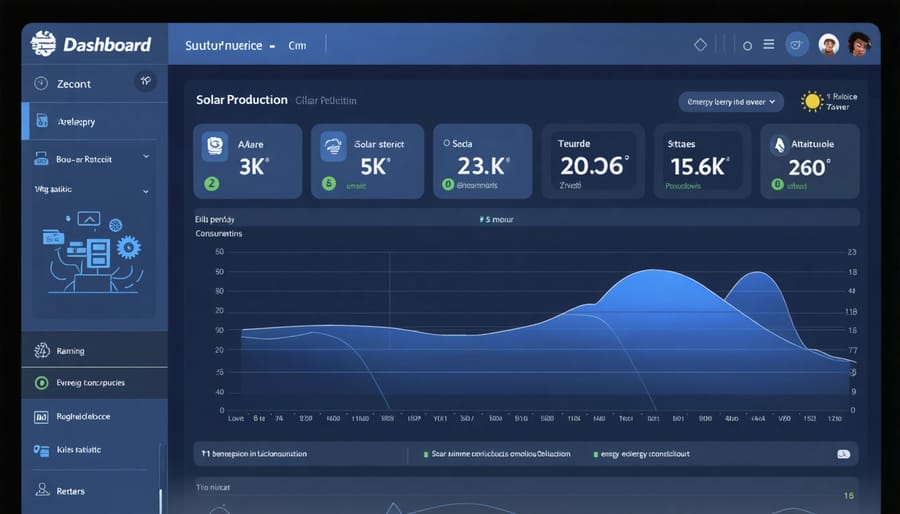
Setting Up Your Solar-Smart Home
Essential Z-Wave Devices
When building a solar-integrated smart home, certain Z-Wave devices are essential for maximizing your energy efficiency and control. Z-Wave smart thermostats are the cornerstone of any energy-conscious automation system, allowing you to optimize heating and cooling based on solar production and energy rates.
Energy monitoring devices help track your power consumption and solar generation in real-time, enabling smarter decisions about when to run appliances. Smart switches and plugs let you automatically control high-energy devices, scheduling them to operate during peak solar production hours.
Motion sensors and automated lighting controls help reduce unnecessary energy usage by ensuring lights are only on when needed. Smart blinds and curtain controllers can be programmed to help with passive solar heating and cooling, automatically adjusting based on the sun’s position and interior temperature.
For comprehensive system management, a Z-Wave hub or controller serves as the brain of your setup, coordinating all devices and enabling sophisticated automation routines. Many homeowners also find value in smart meters and energy displays that provide instant feedback on their solar system’s performance and household consumption patterns.
These core components work together seamlessly to create an efficient, solar-optimized home that maximizes your renewable energy investment while maintaining comfort and convenience.
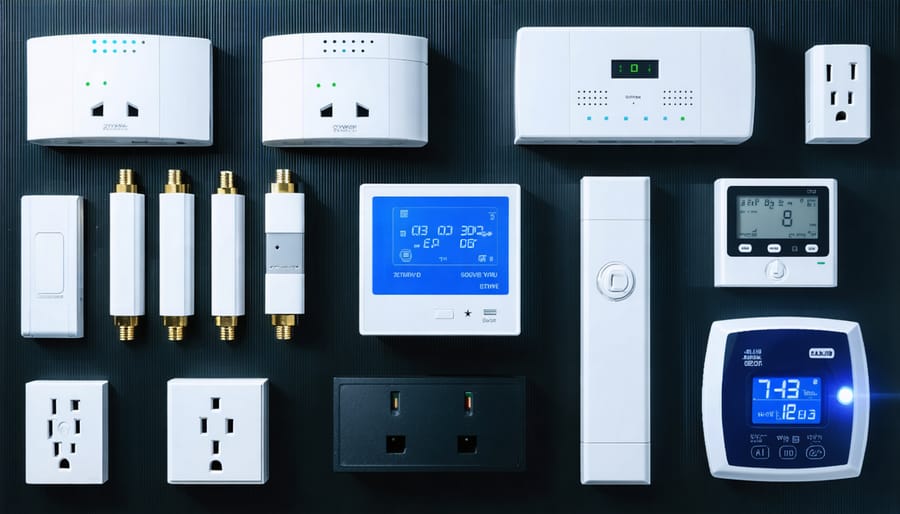
Installation and Configuration
Getting started with Z-Wave home automation is simpler than you might think. Begin by selecting a Z-Wave hub or controller, which serves as the brain of your system. Popular options include SmartThings, Hubitat, or Home Assistant, all of which offer user-friendly interfaces for beginners.
Once you’ve chosen your hub, plug it into your router using an ethernet cable and follow the manufacturer’s setup instructions on your smartphone or computer. Most hubs guide you through a straightforward process of creating an account and connecting to your home network.
Next, start adding Z-Wave devices to your network. Begin with essential items like smart plugs or switches. To add a device, place it in pairing mode (usually by pressing a button or following device-specific instructions) and use your hub’s interface to discover and connect it. Keep devices within 30 feet of the hub during initial setup for optimal connection.
Create your automation rules through your hub’s app or interface. Start with simple automations, like scheduling lights to turn on at sunset, before moving to more complex scenarios. Remember to name your devices clearly and organize them by room for easier management.
For optimal performance, place your hub centrally in your home and avoid metal objects or thick walls that might interfere with signals. Most Z-Wave devices also act as signal repeaters, strengthening your network as you add more devices.
Creating Smart Energy Rules
Creating smart energy rules with Z-Wave technology allows you to maximize your solar panel investment through intelligent automation. By programming your system to respond to solar production patterns, you can significantly reduce your energy bills while maintaining comfort.
Start by setting up basic routines that align with peak solar production hours. For example, schedule energy-intensive appliances like washing machines and dishwashers to run during midday when solar output is highest. Your Z-Wave system can automatically trigger these devices when your solar panels are generating maximum power.
Take advantage of Z-Wave’s weather integration capabilities to optimize energy usage. Program your smart thermostats to pre-cool your home when solar production is high, then reduce AC usage during cloudy periods or after sunset. Similarly, configure automated blinds to help with temperature regulation – opening them for natural heat in winter and closing them to prevent heat gain in summer.
Create “if-this-then-that” rules to manage power consumption. For instance, if solar production drops below a certain threshold, your system can automatically dim lights, adjust thermostat settings, and power down non-essential devices. This ensures you’re making the most of solar-generated electricity when it’s available and minimizing grid power usage when it’s not.
Monitor your energy usage patterns through your Z-Wave hub’s interface and adjust your automation rules accordingly. This ongoing optimization helps ensure you’re always getting the maximum benefit from your solar investment.
Real-World Benefits and Savings
Z-Wave home automation delivers tangible benefits that go beyond mere convenience, helping homeowners maximize energy savings while creating a more comfortable living environment. Real-world data shows that households implementing Z-Wave automation systems typically reduce their energy consumption by 15-25% annually.
Smart thermostats integrated with Z-Wave technology can learn your schedule and automatically adjust temperature settings, resulting in average heating and cooling savings of $180-$300 per year. Motion sensors and automated lighting controls can cut lighting costs by up to 40% by ensuring lights are only on when needed.
The practical benefits extend to daily convenience and security. Users report saving 5-10 hours monthly through automated routines, such as scheduled device operations and synchronized morning and evening sequences. Smart water leak detectors can prevent costly water damage, with insurance companies reporting a 93% reduction in water-related claims for homes with these systems.
Z-Wave automation also enhances home security. Smart locks and security systems can reduce insurance premiums by 10-20%, while providing peace of mind through remote monitoring and automated alerts. The ability to control devices remotely eliminates energy waste from forgotten lights or appliances left running.
For solar panel owners, Z-Wave automation optimizes energy consumption by automatically scheduling high-energy tasks during peak solar production hours. Users report an additional 10-15% improvement in solar energy utilization when combining Z-Wave automation with their existing solar systems.
The initial investment in Z-Wave technology typically pays for itself within 12-24 months through reduced utility bills and insurance savings. As energy costs continue to rise, these savings are expected to increase, making Z-Wave automation an increasingly valuable investment for environmentally conscious homeowners.
Z-Wave automation perfectly complements solar-powered homes by maximizing energy efficiency and enhancing sustainable living. By intelligently managing your home’s energy consumption through automated lighting, climate control, and appliance scheduling, Z-Wave technology helps ensure that every watt of solar power is used optimally. This smart integration not only reduces your carbon footprint but also leads to significant cost savings on utility bills. Homeowners can monitor and adjust their energy usage in real-time, making it easier to align consumption with peak solar production hours. The scalability and reliability of Z-Wave devices, combined with their easy integration with solar monitoring systems, creates a truly sustainable smart home ecosystem that’s both environmentally responsible and financially rewarding. For anyone invested in solar power, implementing Z-Wave automation is a natural next step toward achieving complete home energy independence.

